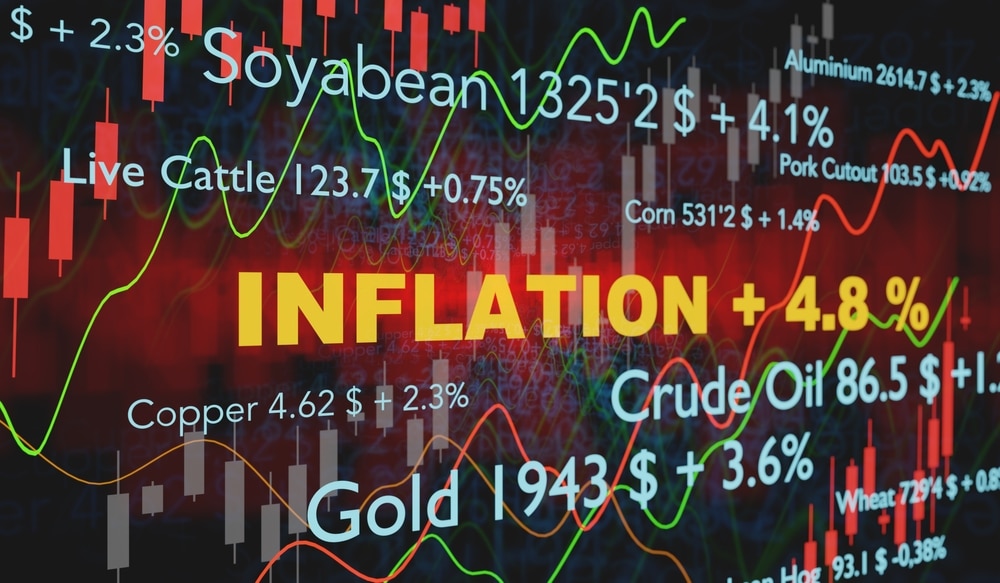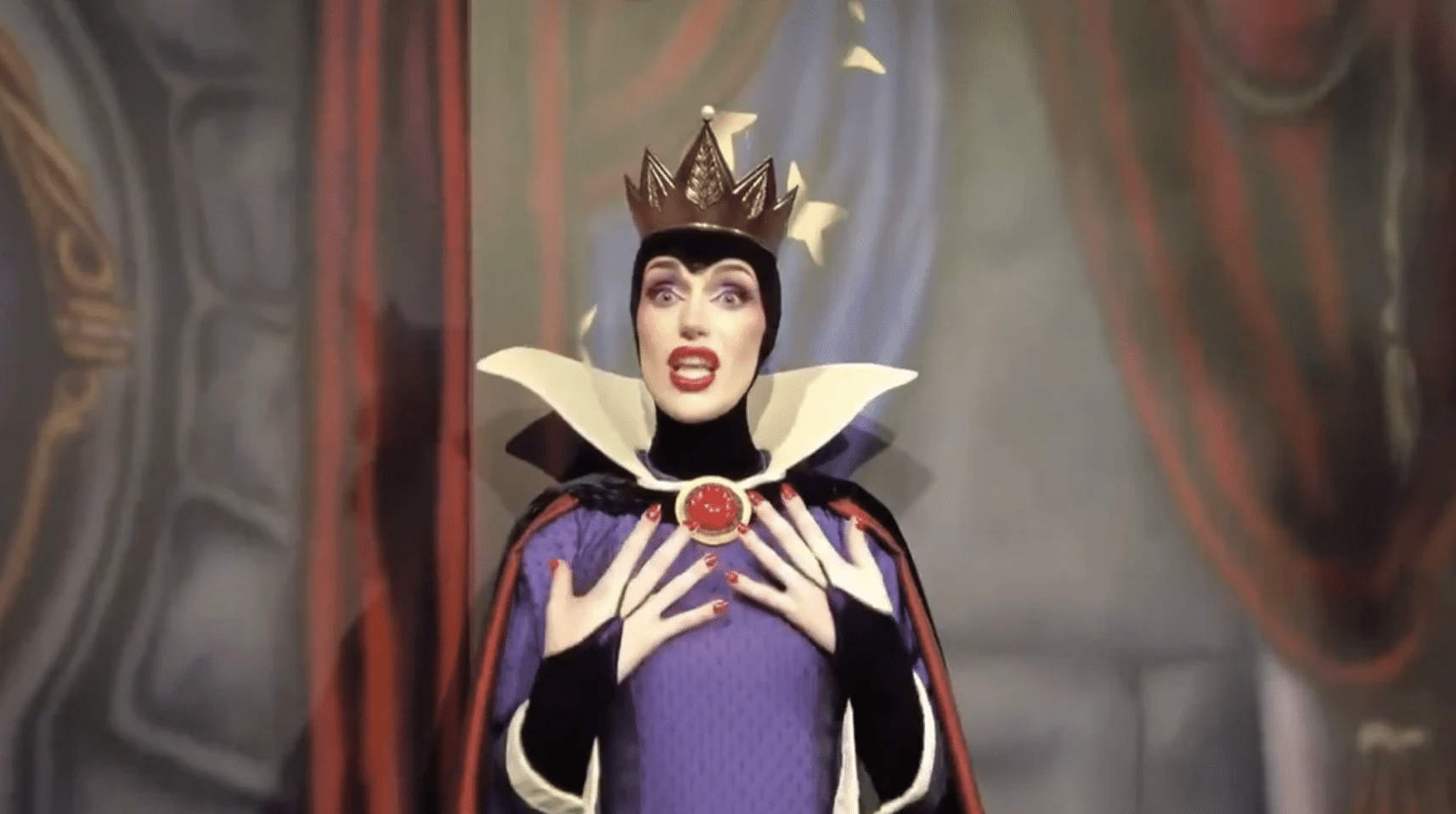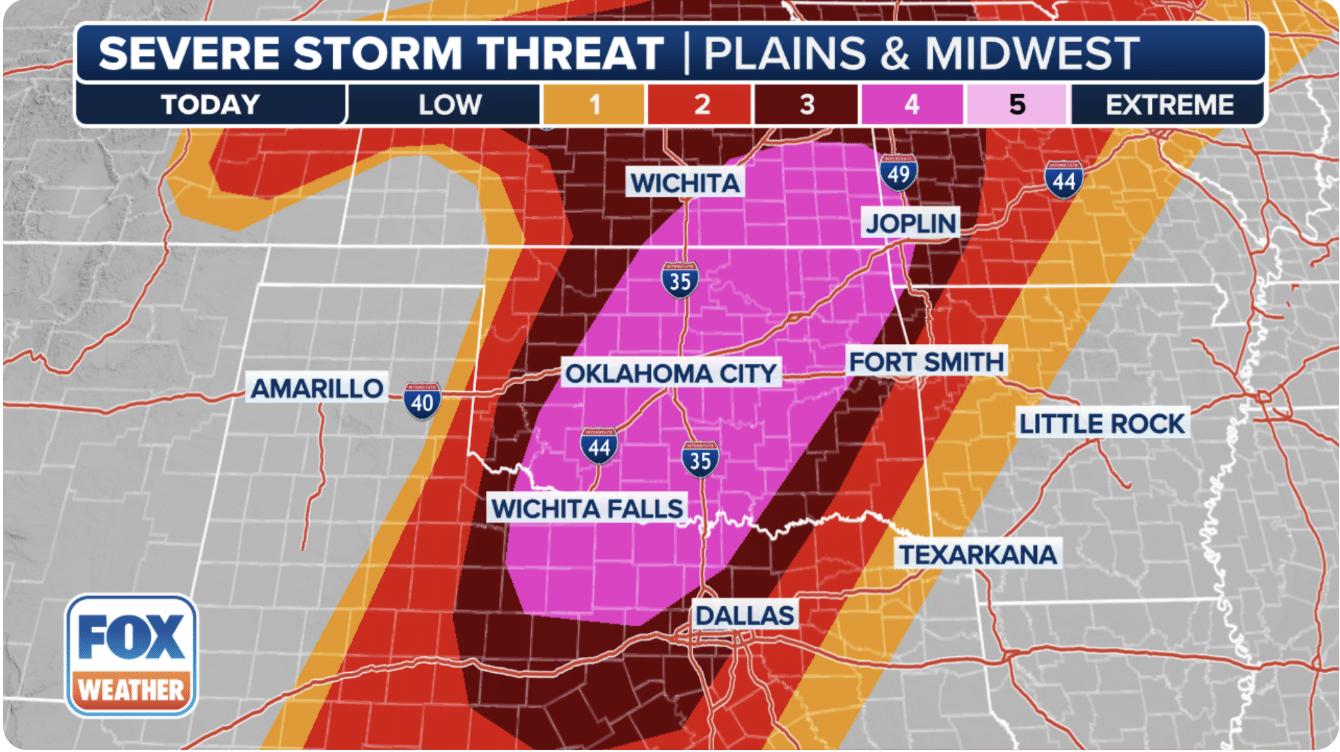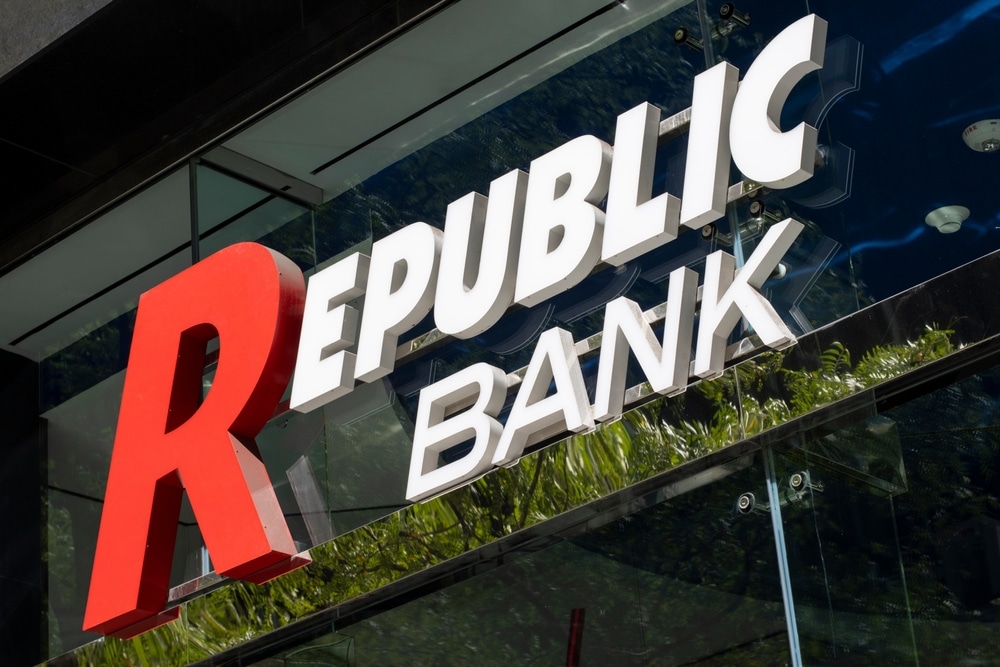Federal Reserve Chair Jerome Powell is facing an increasingly grim calculus after yet another hot inflation reading last week: He probably has to push the economy into recession in order to regain control of prices.
After spending much of last year sounding a bit like the inflation-tolerant, former central bank chief Arthur Burns, Powell has increasingly taken on the mantle of inflation-slayer — and Fed icon — Paul Volcker. It’s a role he’s likely to embrace with relish on Wednesday, when he speaks with reporters after a widely-expected decision by the Fed to raise interest rates by another half percentage point.
But so far at least, he’s shied away from endorsing the tough monetary medicine — and punishingly deep recession — that it took for Volcker to break the back of inflation four decades ago.
According to Yahoo News, While Powell has recently acknowledged that getting price pressures under control could require some pain — and maybe even higher unemployment — he’s steered clear of talking about a recession. That’s perhaps understandable, given how fraught politically that is, especially for President Joe Biden’s Democratic Party ahead of mid-term elections in November.
An increasing number of economists — including ex Fed Vice Chair Blinder — say it may take an economic contraction and higher unemployment to bring inflation down to more tolerable levels, much less back to the Fed’s 2% price target.
“I’ve become more pessimistic about the opportunity of stabilizing inflation at an acceptable level without a recession,” said JPMorgan Chase & Co. chief economist Bruce Kasman. He sees a dynamic developing in which a protracted period of high inflation and a tight labor market leads to elevated wage demands and more costs for companies.
In research published on June 6, Bloomberg Economics Chief US economist Anna Wong and her colleagues put the chances of a recession this year at one in four and of one next year at three in four. “A downturn in 2022 is unlikely, but recession in 2023 will be tough to avoid,” they wrote.
Investors are taking note. Bond yields jumped and stock prices tumbled on concern the Fed will slam harder on the policy brakes after news that consumer prices rose at a fresh 40-year high of 8.6% in May from a year earlier.
Yields on 10-year US Treasuries touched 3.28% Monday, surpassing a peak in 2018 to trade at the highest since 2011, and interest-rate futures signaled 175 basis points of tightening through September, implying a 75 basis-point increase at one of the next three Fed meetings.
The path and ultimate destination of interest rates in coming months will partly depend on how quickly — and how far — policy makers want inflation to cool and how much pain they’re willing to put the economy through to achieve that.


















